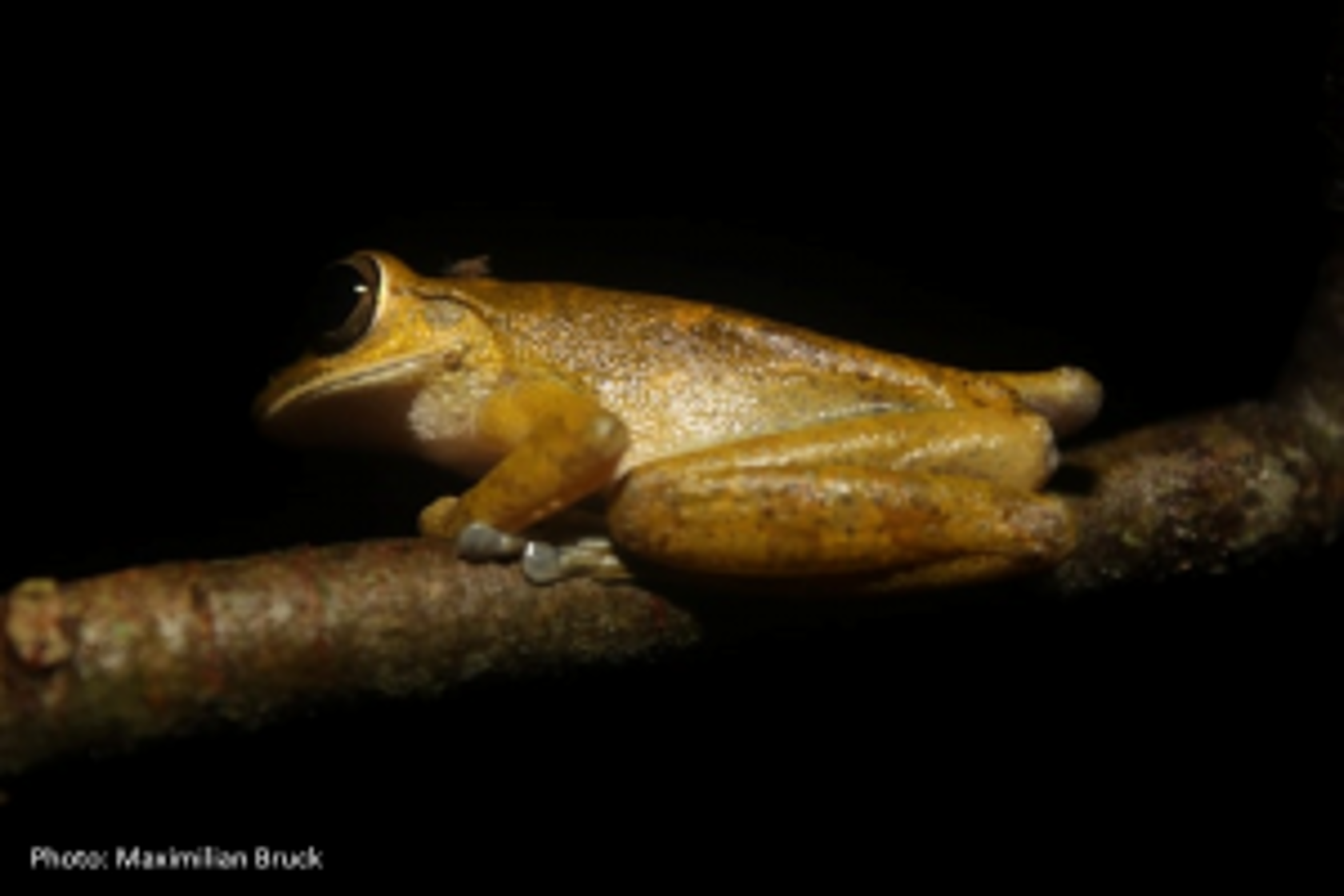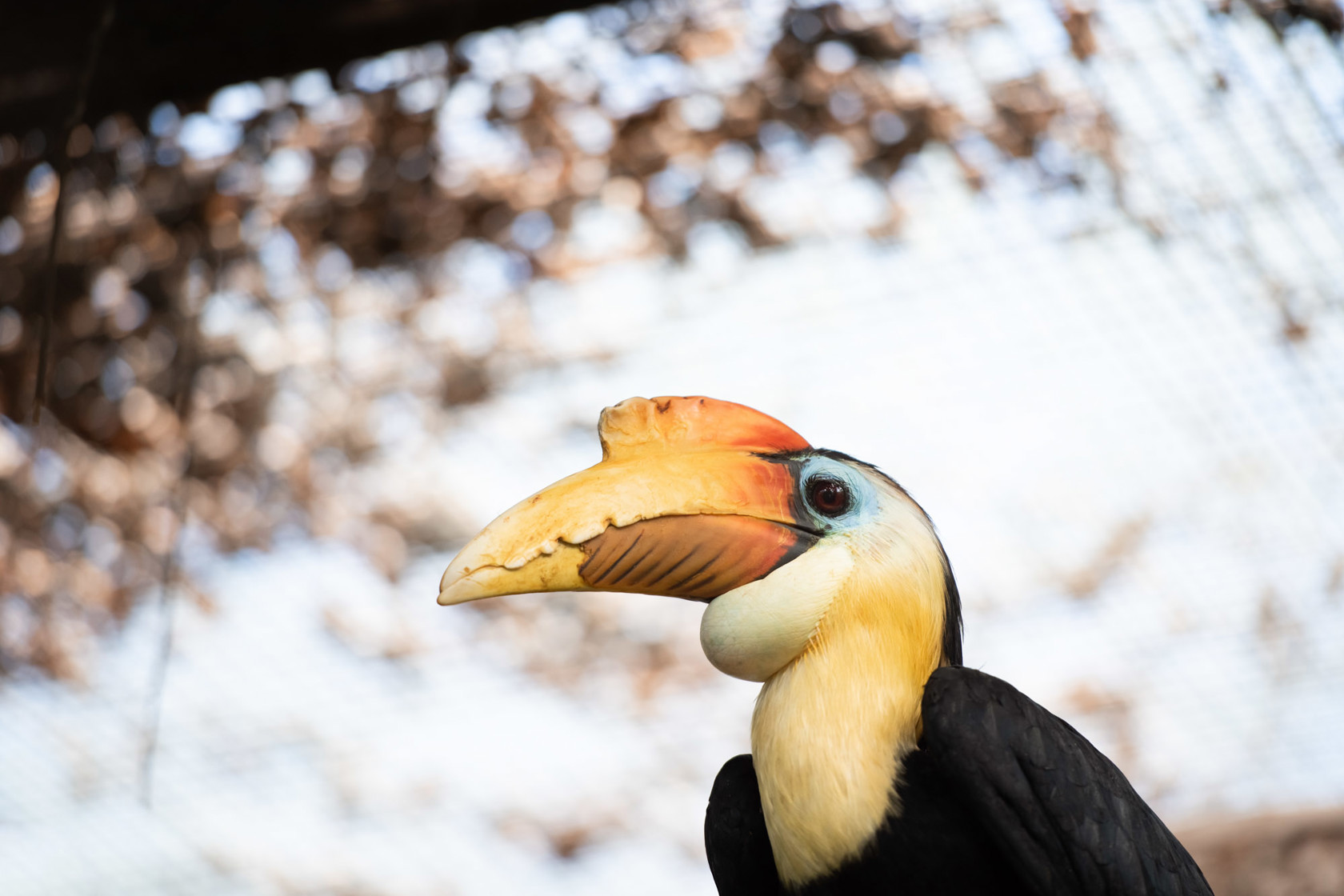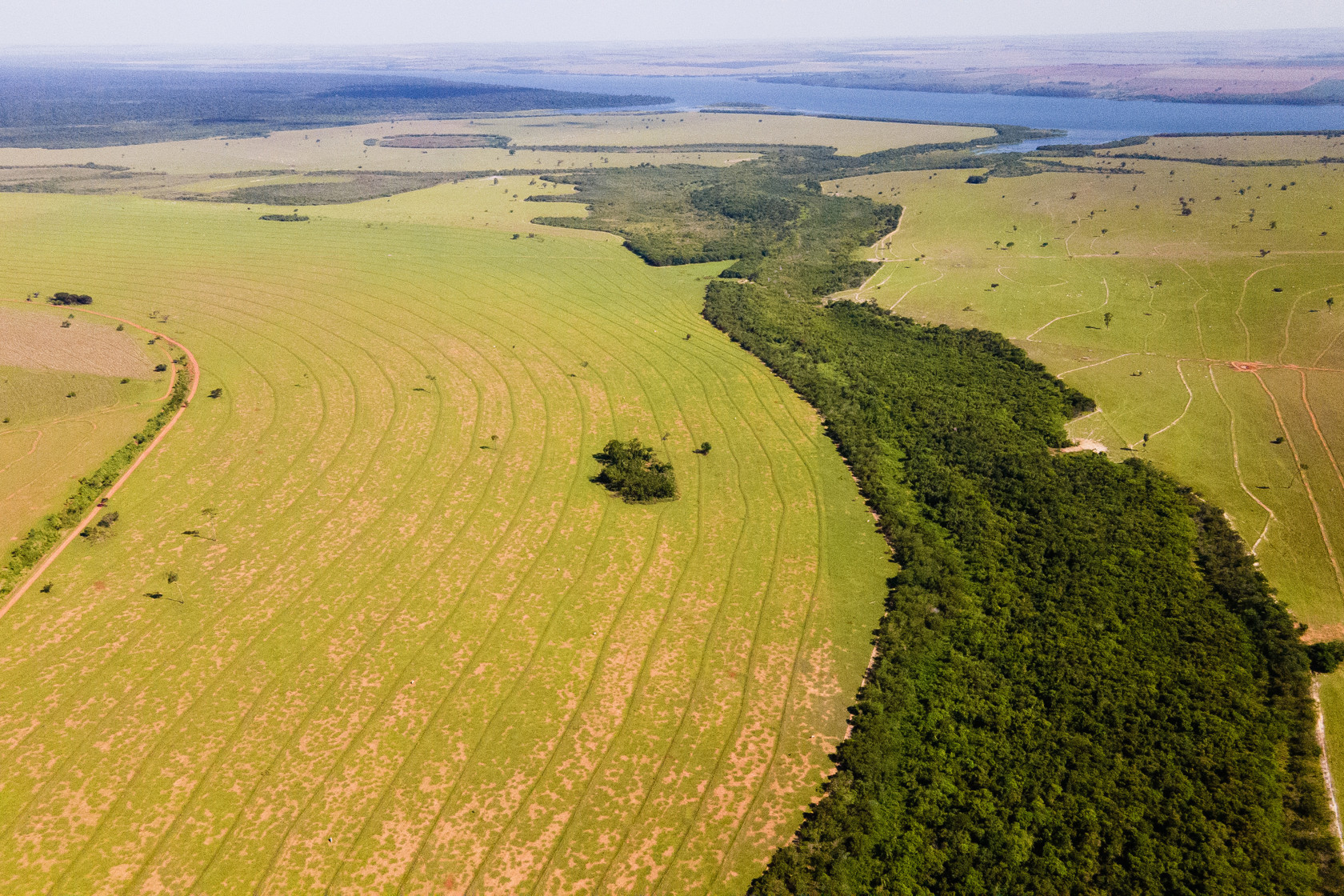Research news: Chytrid fungus and its devastating effect on tropical snake diversity
20 April 2020
By Bela Barata
Researchers from US and Panama have recently described a cascade effect related to the chytrid fungus, Batrachochytrium dendrobatidis, responsible for mass mortality of frogs around the globe.
Chytridiomycosis is a widespread infectious disease, affecting many amphibian species. The fungus causes the skin to thicken and can be deadly to frogs since they absorb water and have osmotic regulation through their skin.

This disease has long been studied by researchers, who are trying to understand its origins and evolution and also looking at solutions that can protect amphibians in the wild. For the first time, a novel study has demonstrated the effect of the fungus beyond frog mortality. The recent research, published in Science, evaluated the indirect impact of chytrid fungus on tropical snakes.
The research was conducted in Panama and data was collected over 13 years. In Central America, this fungus was detected in the early 1990’s, spread widely throughout species-rich areas and caused declines of several amphibian species. In a single area, the fungus wiped out more than 75% of the frog population. Sometimes, the fungus alone caused 100% of frog mortality.
The results show that snake diversity and average body size dropped after chytrid fungus and the authors related their findings to the die-offs of frogs in the past. Despite no other systematic changes in the environment, most snake species were found to be declining after an amphibian mass mortality event.
In the studied area, while the effects of the chytrid on amphibians were evident, the consequences for other species in the community were unknown. An ecological cascade effect is a series of secondary extinctions that are triggered by the primary extinction of a key species in the ecosystem. Their findings support the fact that biodiversity loss can indeed lead to a breakdown in the functioning of the ecosystem.
The conclusions from Zipkin and collaborators reveal the hidden effects of the chytrid fungus and its consequences to local biodiversity. With these results the biodiversity crisis can seem worse than estimated, however, at SAFE, we will continue to act to protect amphibians worldwide and work in threatened sites where action is needed the most.






